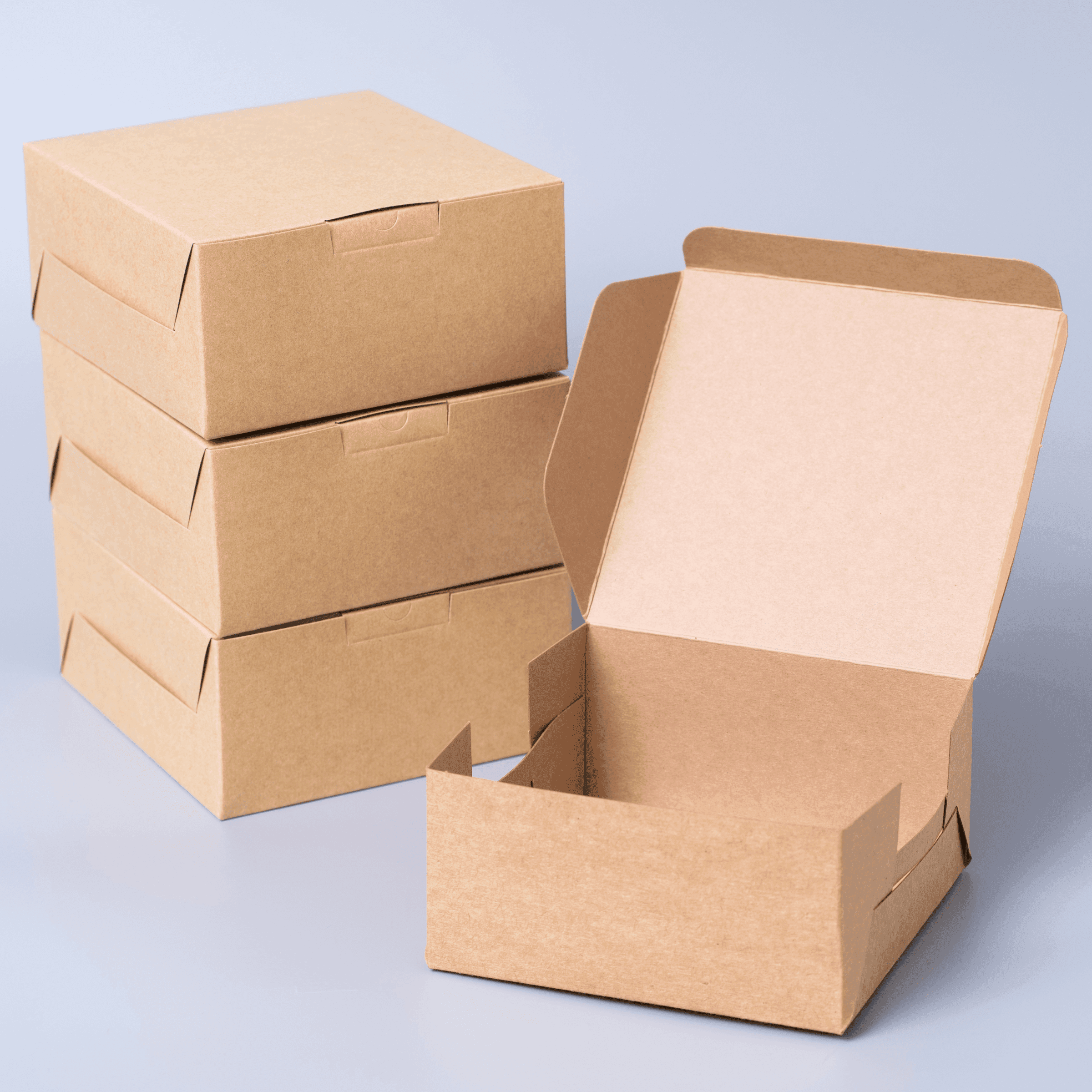Returns are one of the most complex and expensive aspects of modern ecommerce. Every shipment that comes back to the warehouse represents not just lost revenue, but an opportunity — to recover value, improve customer loyalty, and strengthen brand reputation. As consumer expectations rise and order volumes scale, reverse logistics has shifted from a back-end necessity to a core strategic differentiator for leading brands.
For 3PLs like Snapl, the ability to manage returns efficiently, compliantly, and sustainably has become a defining capability. Reverse logistics is no longer about simply receiving items back — it’s about optimizing every step of the return journey to protect margins and enhance the customer experience.
What Reverse Logistics Really Means for Modern Brands
Reverse logistics refers to the movement of goods from the customer back to the seller or manufacturer for evaluation, restocking, or disposal. In ecommerce, this process includes returns, warranty claims, refurbishments, recycling, and re-commerce. Unlike traditional outbound logistics, reverse logistics requires precision in inspection, sorting, data capture, and decision-making to determine whether products are restockable, recyclable, or returnable to vendors.
The challenge is scale. With return rates averaging 14–18% for ecommerce purchases, brands are under pressure to handle massive inbound volumes without eroding profit. A dedicated reverse logistics 3PL solves this by offering purpose-built infrastructure, automated tracking systems, and expert labor that streamlines the process end-to-end.

Why Reverse Logistics Has Become a Competitive Advantage
In today’s retail landscape, fast shipping is table stakes — but a smooth, transparent returns process is what keeps customers coming back. Studies show that over 90% of shoppers will purchase again from a retailer that offers an easy return experience. For brands, this means the reverse supply chain isn’t just an operational concern — it’s a marketing and retention strategy.
Optimized reverse logistics delivers measurable advantages:
- Customer Retention: Fast refunds and hassle-free returns build brand trust.
- Inventory Recovery: Resellable products can be re-boxed, relabeled, and restocked quickly.
- Cost Reduction: Consolidated shipping, automation, and smart routing reduce handling expenses.
- Sustainability Impact: Efficient returns lower emissions, reduce landfill waste, and align with ESG commitments.
- Brand Reputation: Transparent policies and professional return processing reinforce reliability and customer confidence.
The brands winning in 2025 are the ones treating returns not as a cost of doing business — but as a competitive weapon.
How 3PLs Optimize the Returns Process
A capable third-party logistics provider plays a central role in transforming returns from a logistical burden into a value-add operation. 3PLs like Snapl use specialized workflows, bonded storage capabilities, and technology integrations to handle every aspect of the process with speed and accuracy.
Here’s how a best-in-class reverse logistics operation works:
- Automated RMA Management
The return process begins the moment a customer requests a return authorization. Snapl’s systems integrate with ecommerce platforms like Shopify, Amazon, and Shipedge to generate return labels, validate order data, and route shipments to the correct facility automatically. - Receiving & Condition Assessment
Once products arrive, warehouse teams inspect each item for damage, authenticity, and resale potential. This inspection data is logged in real time for client visibility, enabling quick decisions on restock, refurbish, or disposal. - Repackaging, Relabeling & Quality Control
Clean, functional items can be repackaged into new cartons, relabeled with compliant barcodes or expiration dates, and returned to inventory. This process recovers lost value and prevents unnecessary write-offs. - Disposition Routing & Secondary Markets
Non-salable items are directed to liquidation partners, refurbishment centers, or recycling streams — minimizing waste while maximizing recovery value. - Analytics & Feedback Loops
SKU-level reporting helps identify product defects or high-return categories. This allows brands to improve upstream production and packaging decisions based on data, not assumptions.
Through these stages, reverse logistics evolves from a cost-driven process into an intelligence-driven one.

The Role of Bonded Warehousing in Returns Optimization
For importers, returns management carries additional layers of customs compliance and duty risk. This is where bonded warehouses play a critical role.
When returned goods enter a U.S. Customs-bonded facility, importers can defer or avoid duties on merchandise that’s being re-exported or destroyed. Rather than paying taxes twice on reimported goods, brands can store, inspect, and recondition items under bond — improving cash flow and minimizing compliance risk.
Bonded facilities like Snapl’s Class-3 public bonded warehouse provide added flexibility for global brands testing new markets or managing seasonal inventory from overseas. Returned inventory can be held, relabeled, repacked, or re-exported without triggering unnecessary duty payments — a major cost advantage in global ecommerce.
Sustainability and Circular Supply Chains
Sustainability is no longer a side initiative — it’s a core part of reverse logistics. The circular economy model encourages brands to design systems that keep products and materials in use for as long as possible.
Optimized returns management supports this mission through:
- Recommerce Programs: Restocking or reselling gently used items through secondary channels.
- Material Recycling: Separating components for reuse or raw material recovery.
- Reduced Transportation Waste: Using regional consolidation to minimize return miles and emissions.
- Data Transparency: Tracking and reporting on sustainability KPIs for ESG compliance.
By integrating sustainability directly into the reverse logistics process, 3PLs help brands meet environmental goals while protecting profit margins.

Technology That Powers Modern Reverse Logistics
Technology is the backbone of modern returns management. Advanced 3PLs leverage automation, AI, and warehouse management systems to ensure precision and transparency at scale.
Key tools include:
- WMS/OMS Integrations that automatically match returns to order data.
- RFID and Barcode Scanning for fast product verification.
- AI-Driven Disposition Logic that recommends restock, refurbish, or recycle actions.
- Real-Time Client Dashboards for visibility across inbound and processed returns.
- EDI Compliance for vendor returns and big-box retail integrations.
These technologies transform the reverse supply chain from reactive to predictive — allowing brands to forecast returns, identify trends, and reduce losses proactively.
How Reverse Logistics Drives Profitability
Returns will always exist, but their impact depends on how efficiently they’re managed. The right 3PL partner turns reverse logistics into a profit protection system by:
- Reducing operational costs through automation and process engineering.
- Increasing resale value with rapid inspection and reintroduction to stock.
- Improving customer retention through fast refunds and consistent communication.
- Capturing product intelligence to enhance upstream manufacturing and QC.
In short, every optimized return represents recovered value, brand loyalty, and long-term growth.
Building a Smarter Returns Strategy
The ecommerce leaders of 2025 understand that logistics doesn’t end at delivery — it begins again when the product comes back. Reverse logistics and returns optimization are no longer afterthoughts; they’re essential pillars of competitive differentiation.
With bonded warehousing, automated processing, and sustainability-driven workflows, Snapl helps brands close the loop — turning costly returns into an opportunity for retention, recovery, and reputation building.
From port to pallet, Snapl manages your supply chain forward and backward with confidence.

Ready to turn reverse logistics into a growth driver?
Contact Us





